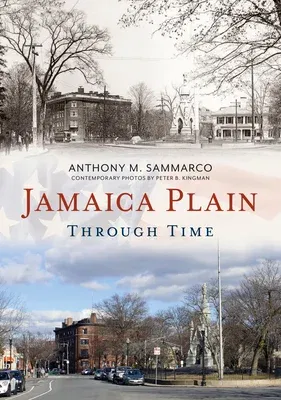Known in the seventeenth and eighteenth centuries as the Jamaica End of
Roxbury, the neighborhood of Jamaica Plain, Massachusetts, evolved from
agrarian farmland for over 200 years into one of the more dynamic and
inclusive neighborhoods of twenty-first century Boston.
Jamaica Plain became one of the earliest streetcar suburbs of Boston
with various forms of transportation linking it to downtown Boston. With
horse drawn streetcars, the Boston & Providence Railroad as well as the
Boston Elevated Railway, by the turn of the twentieth century, the ease
of transportation allowed a thriving nexus of cultures to move to a
community that not only saw tremendous residential and commercial
development, especially with the numerous breweries along the Stony
Brook, but also greenspace and open lands that were laid out by
Frederick Law Olmstead as a part of the Emerald Necklace of Boston. Its
bucolic setting led to Jamaica Plain being called The Eden of America.
In the twentieth century, Jamaica Plain was also to become the location
of numerous hospitals and institutions that provided care for
Bostonians. The Faulkner, Washington, Shattuck, Vincent Memorial,
Massachusetts Osteopathic and the Veterans Administration Hospitals; the
New England Home for Little Wanderers and the Trinity Church Home; the
Boston School of Physical Education, the Eliot School, the Perkins
School for the Blind and the Nursery for Blind Babies; the Massachusetts
Society for the Prevention of Cruelty to Animals and the Children's
Museum all contributed to Jamaica Plain's pride of place in Boston.
In this photographic history of Jamaica Plain, Anthony M. Sammarco, with
contemporary photographs by Peter B. Kingman, has created a fascinating
book that chronicles the neighborhood from the late nineteenth century
through to the twenty-first century.

